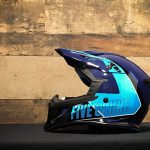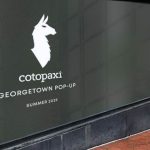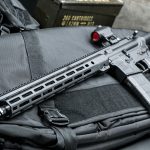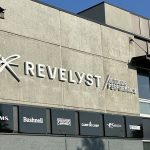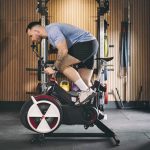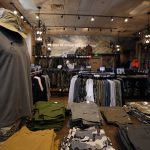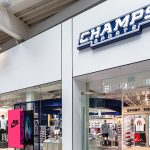The weak mall environment that dominated sporting goods retail in the first quarter persisted through the second as retailers in turn looked to generate sales and lower inventories through promotions and clearances. In addition, the shifting calendar that has wrecked havoc on comps results all year continued to impact the market, while a shift in tax-free weekends in Florida and Texas had more than one retailer crying foul at period end. Still, there is some good news in the numbers for the quarter ended August 4 as more retailers head into third quarter and the Holiday period with cleaner inventory positions.
As a whole, the retailers tracked by Sports Executive Weekly saw sales increase 9.7% in the fiscal second quarter versus the year-ago quarter. However, the sales gain came at an expense, as it was the highly promotional environment at both the mall and family footwear that boosted sales, but hurt margins. The reporting retailers saw gross margins contract 100 basis points to 28% of sales, leading profits to drop 21.7%.
Like the first quarter before it, Q2 saw little outside influence in terms of mergers & acquisitions or companies new to the public life. Lululemon was in the chart for its second quarter, accounting for a full percentage point of the sales growth for specialty retailers. Without LULUs bottom line gain, specialty retailers would have seen a net loss of $4.9 million for Q2.
The drop in net income for the retail market as a whole can largely be attributed to the specialty retailers segment. Sales for the sector increased 5.3%, but came mainly from promotions that caused gross margins to drop 255 basis points for the segment and net income for specialty retailers to plummet 99.6%. Foot Locker, as in Q1, was again a major driver here, with domestic merchandise margins cut by 620 basis points in the quarter as a result of a move to clean out old inventory. Foot Locker estimated that the margin hit for the quarter amounted to approximately $50 million, or 20 cents per share, in higher markdowns. Similarly, Genesco saw its bottom line turn to a loss this year on negative comps. The retailer attributed its soft business to the shift in the timing of tax-free weekends in Florida and Texas, a later start for back-to-school, and a general softness in the retail market. Pacific Sunwear compounded the bottom line issues for specialty retailers.
There is a silver lining for the specialty guys, signaling that the first half woes might be in the past, as inventories declined 1.1% at period-end.
The sun continued to shine outside the mall in the second quarter with Dicks Sporting Goods leading the sporting goods retailers to post strong sales and earnings results. The influence of DKS was so strong that without the retailer in the numbers, segment sales would have increased only 7.9%. However, in a testament to the back-end strength of the group, net income would have still grown 27.6%. Sport Chalet called out the promotional environment at the mall as affecting sales at its mall-based stores, while the macroeconomic environment in California, especially housing worries, also affected the retailers results. Big 5 similarly highlighted the macro-issues in Q2, seeing “a clear correlation between…areas that have been
having more significant housing/fore-closures/mortgage defaults issues” and local store performances.
The third quarter, though, could see a reversal of the second quarter trend. Based on quarter-to-date results compiled by SportScanINFO, footwear retailers are trending better in Q3 as a result of the later back-to-school season and unseasonably warm weather throughout much of the country. Conversely, outerwear and cool weather gear sales have been stymied by the warmer temps as the Upper Midwest and Northeast continue to feel more like Summer than Fall.


